Volkswagen unveils 5-seat Atlas Cross Sport Concept plug-in hybrid with 26-mile AER; mild hybrid option
Green Car Congress
MARCH 27, 2018
A five-seat version of the 7-seat Atlas that went on sale in the US in 2017, the near-production concept car features a coupe-like profile, an even sportier stance, and a plug-in hybrid drivetrain with 355 horsepower and an anticipated 26 miles (42 km) of all-electric range. The top speed is 130 mph (209 km/h).




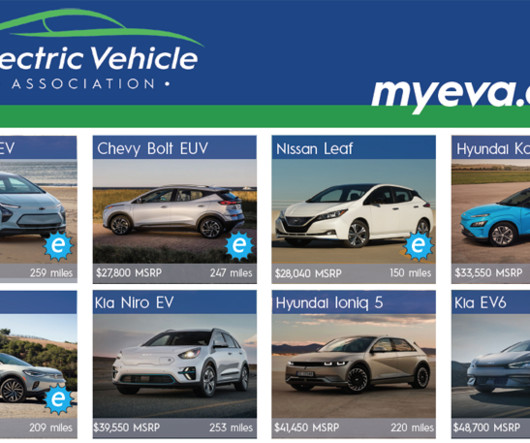

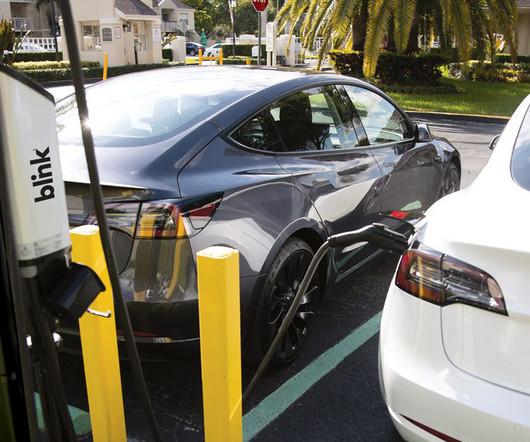
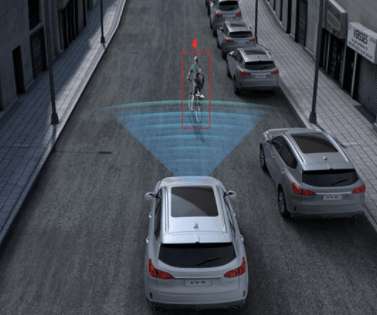






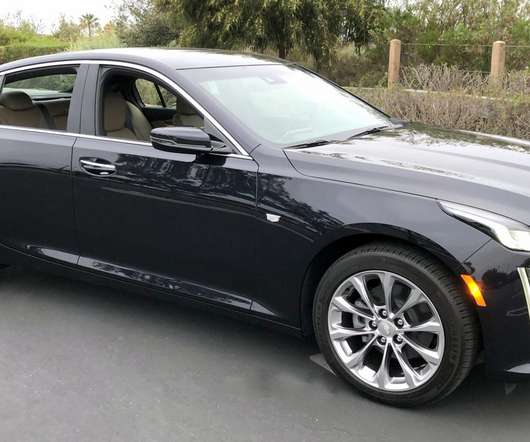
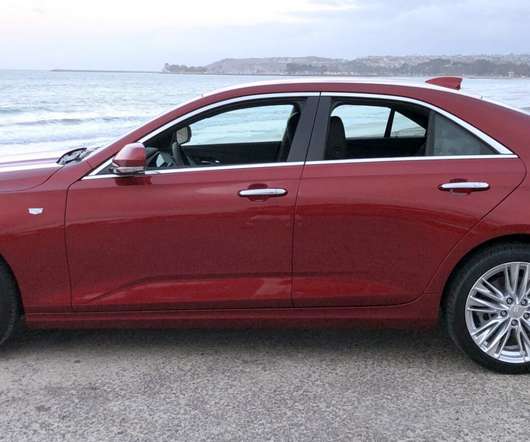
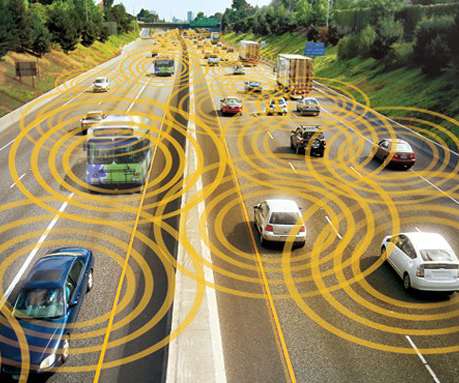

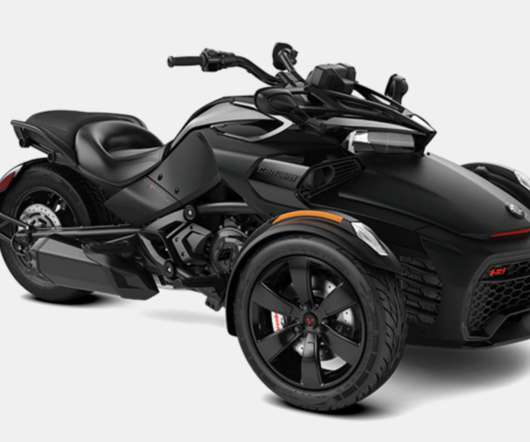
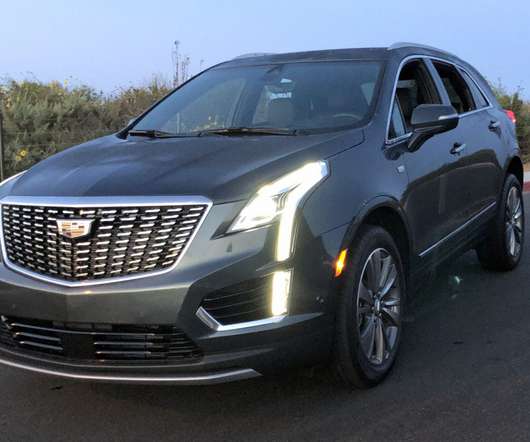
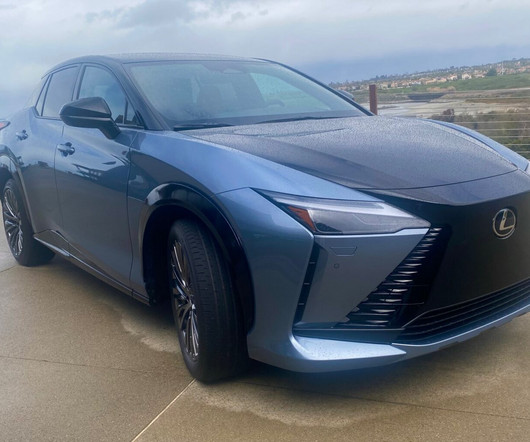
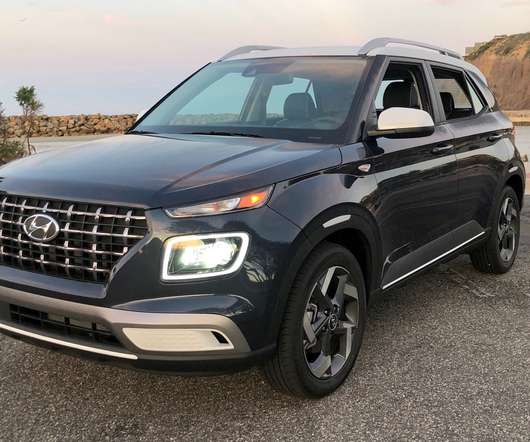

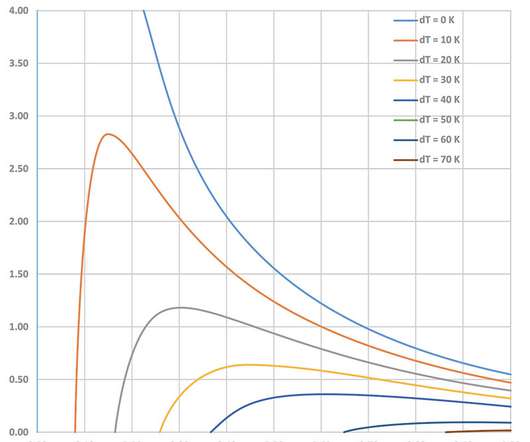









Let's personalize your content